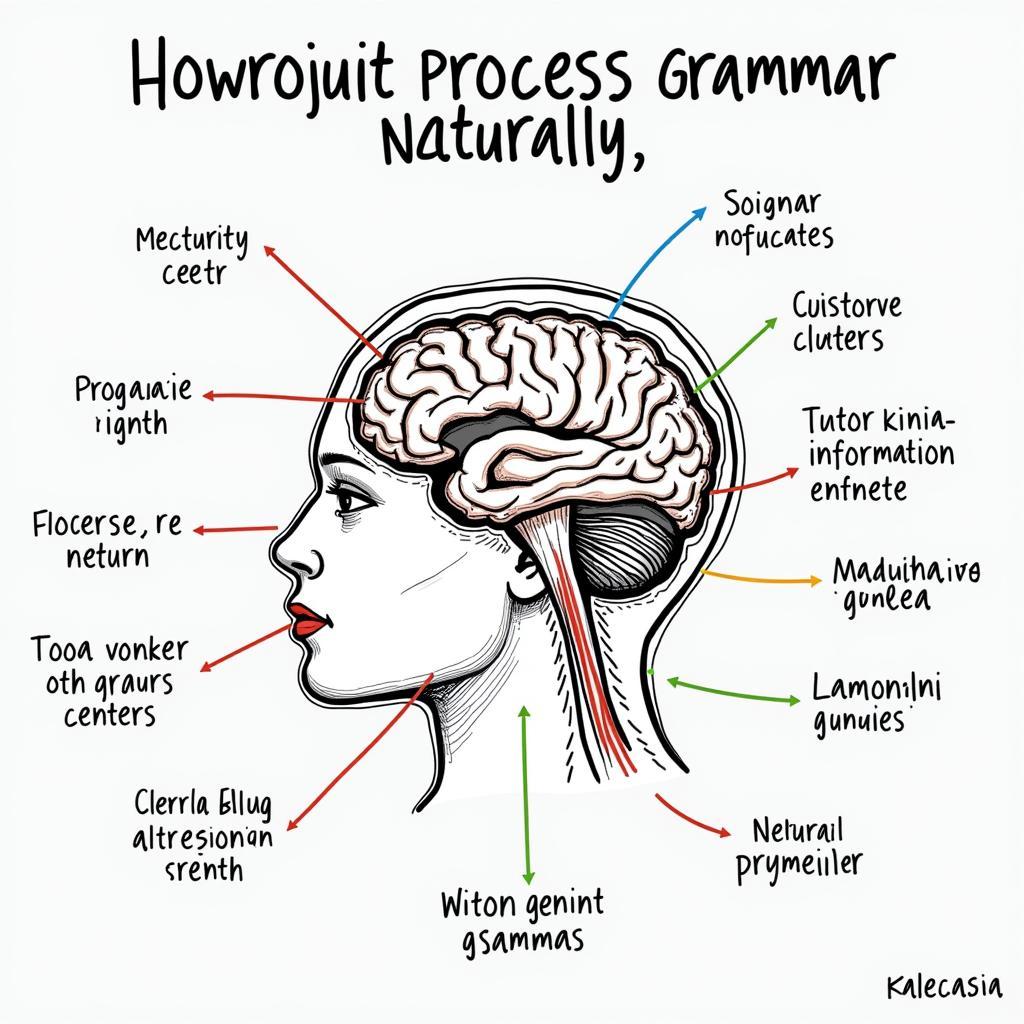Learning grammar doesn’t have to be a tedious process of memorizing rules and doing endless drills. In fact, the most effective way to enhance your grammatical accuracy is through natural acquisition methods that mirror how native speakers develop their language skills. This comprehensive guide will show you proven strategies to improve your grammar naturally while preparing for the IELTS exam.
Understanding Natural Grammar Acquisition
The key to mastering grammar for fluency lies in understanding how our brains naturally process and internalize language patterns. Rather than studying isolated rules, focusing on contextual learning and real-world applications yields better results.

The Role of Input in Grammar Development
Quality input is crucial for natural grammar improvement. Expose yourself to authentic English through:
- Extensive reading of diverse materials
- Listening to native speakers
- Watching English-language media
- Engaging in real conversations
Practical Strategies for Natural Grammar Enhancement
Immersive Reading Techniques
With respect to improving grammar through reading, focus on noticing patterns rather than analyzing every sentence. Regular exposure to well-written texts helps you internalize correct grammatical structures naturally.
Active Listening Practices
To how to correct grammar in real time, develop your ear for correct language use by:
- Shadowing native speakers
- Paying attention to sentence structures
- Noting common expressions and collocations
- Recording and analyzing your own speech
Speaking for Grammar Development
According to Dr. Sarah Thompson, IELTS Speaking Examiner: “The most successful candidates are those who develop their grammar through active communication rather than passive study.”
Writing with Purpose
how to structure your grammar learning suggests incorporating these writing practices:
- Daily journaling
- Peer correspondence
- Online forum participation
- Blog writing
Making Grammar Stick Naturally
Pattern Recognition Exercises
improving sentence variety with grammar becomes easier when you:
- Notice recurring structures in native content
- Practice using patterns in different contexts
- Create personal examples
- Share your experiences using new patterns
Context-Based Learning
Professor Michael Chen, Language Acquisition Expert, notes: “Grammar rules stick better when learned through meaningful contexts rather than isolated exercises.”
Common Pitfalls to Avoid
- Over-relying on grammar books
- Focusing too much on rules
- Avoiding complex structures
- Not practicing regularly
- Fear of making mistakes
Progress Tracking and Assessment
Monitor your grammar improvement through:
- Recording speaking samples
- Keeping a writing portfolio
- Getting feedback from native speakers
- Taking periodic assessments
Conclusion
Improving grammar naturally is a gradual but rewarding process that aligns perfectly with IELTS preparation. By focusing on authentic exposure, active practice, and meaningful contexts, you’ll develop stronger grammatical accuracy that will serve you well in both the exam and real-life communication.
Frequently Asked Questions
Q: How long does it take to improve grammar naturally?
A: Progress varies, but most learners notice improvements within 2-3 months of consistent practice.
Q: Should I completely avoid grammar books?
A: No, use them as references rather than primary learning tools.
Q: How can I maintain motivation while learning grammar naturally?
A: Set realistic goals, track progress, and celebrate small victories in your language journey.
Q: Is natural grammar learning effective for IELTS preparation?
A: Yes, it’s highly effective as it develops the practical language skills assessed in IELTS.
Q: Can I improve grammar without living in an English-speaking country?
A: Absolutely, through consistent exposure to authentic materials and regular practice opportunities.